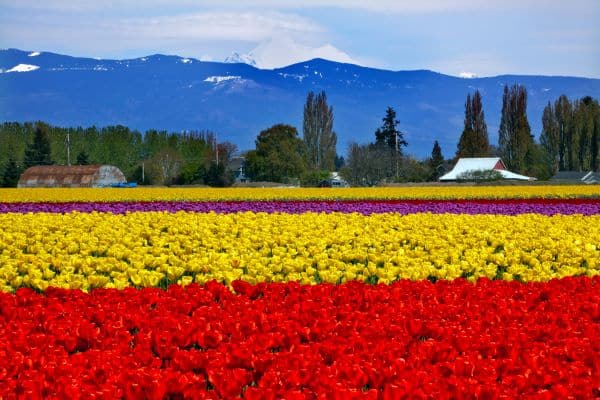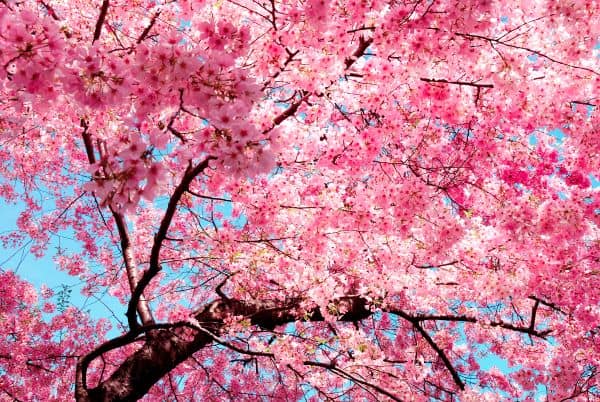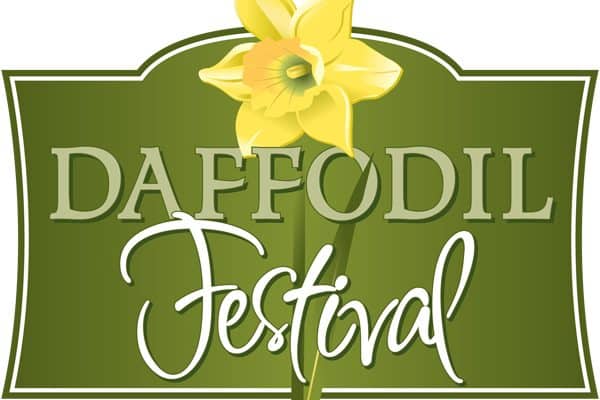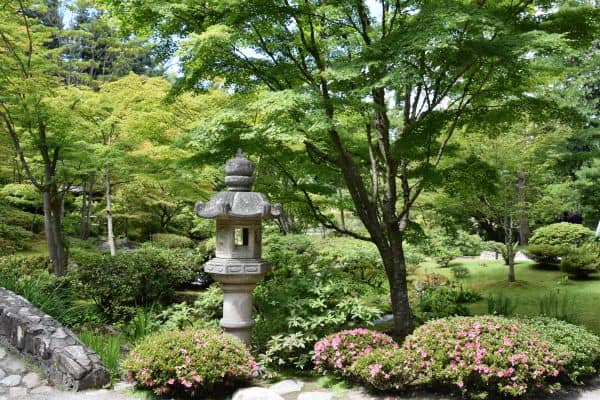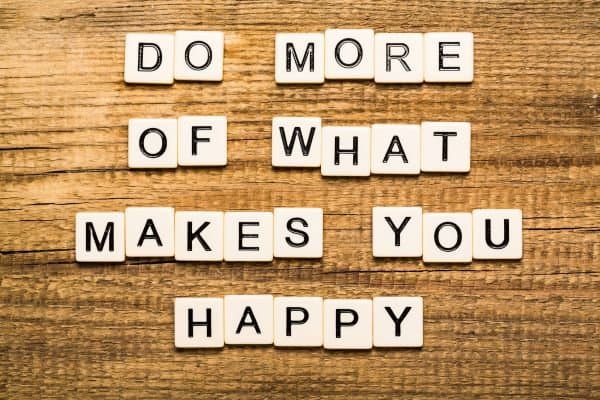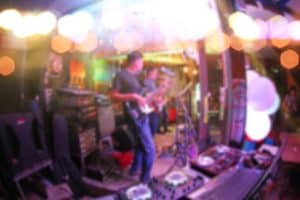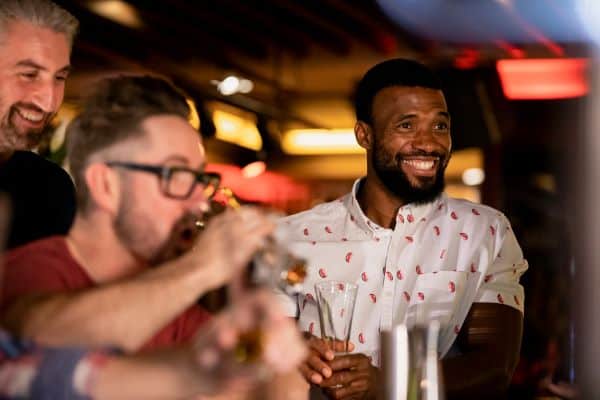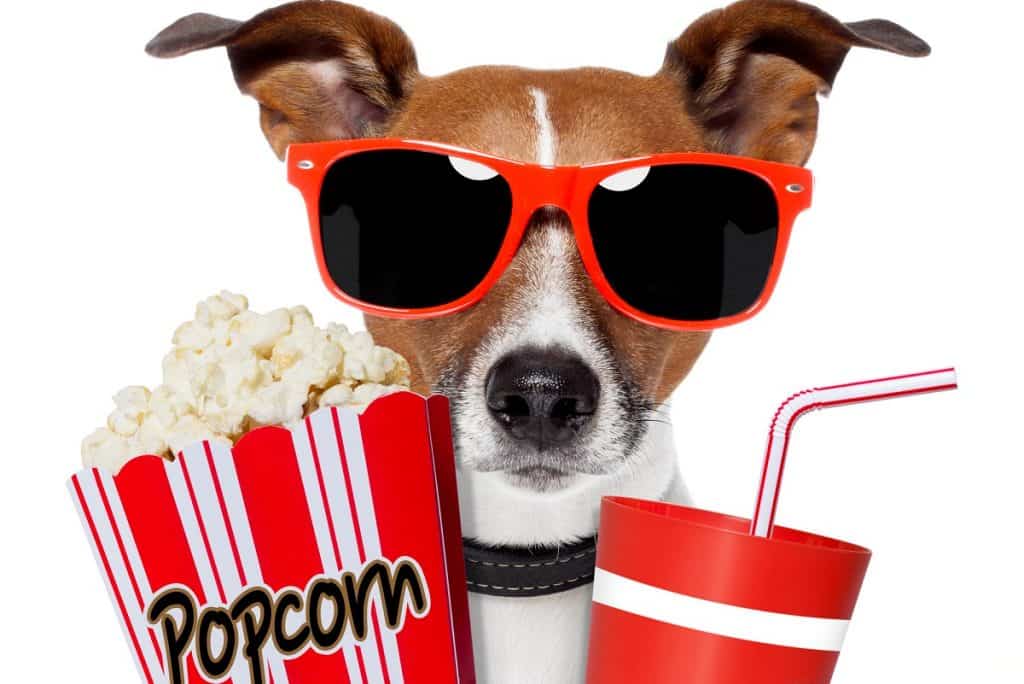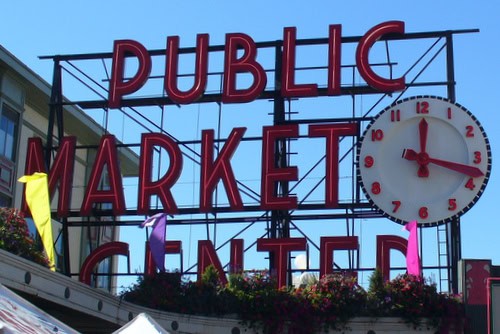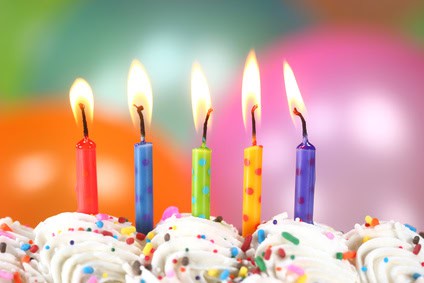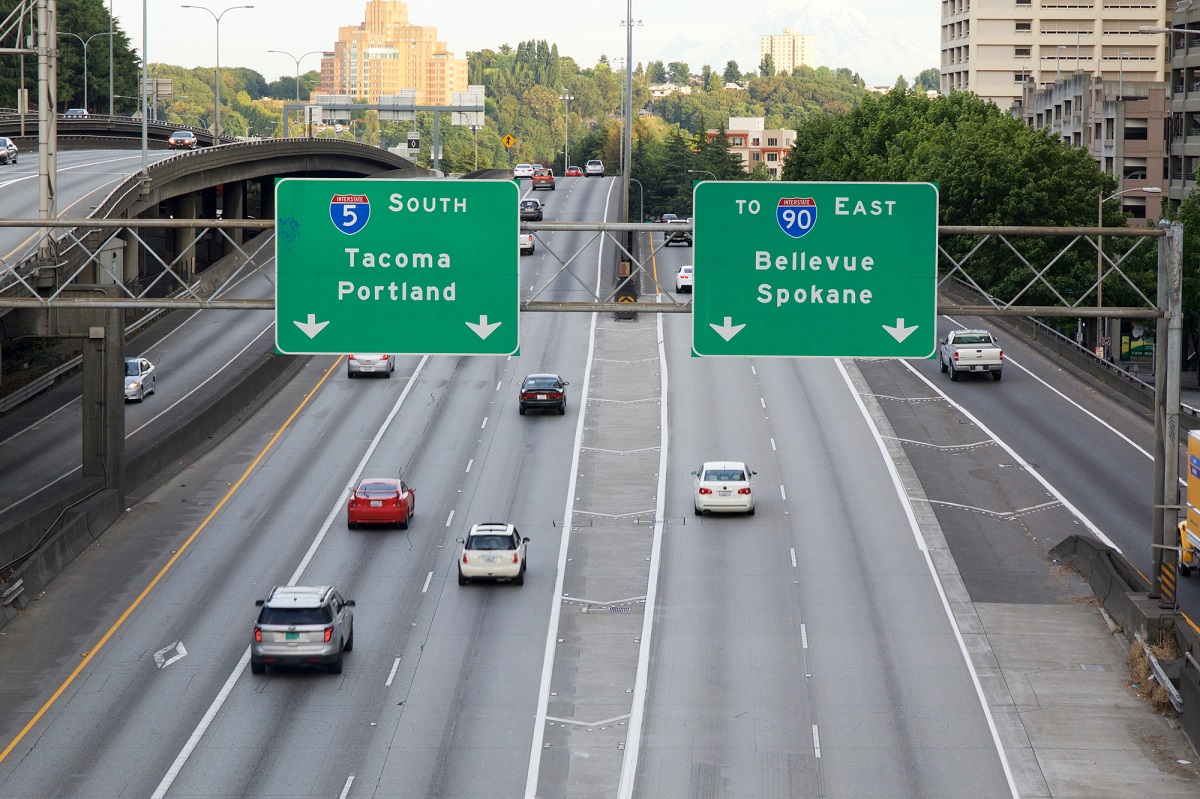Like our tulip fields in spring, acres of beautiful blooming sunflowers are another unique and stunning photo opportunity. Sunflowers typically bloom August-September in Western Washington. Several farms hold festivals during the blooming season. Enjoy self-guided field trips and u-pick opportunities.
Below you will find more information about sunflowers farms and sunflower festivals in Washington State.
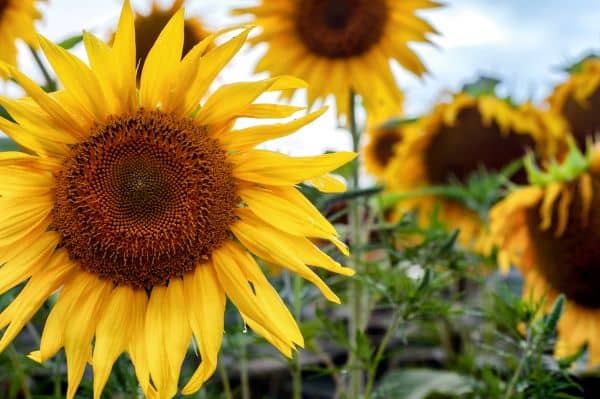
Field of yellow sunflowers – DepositPhotos.com
About Sunflowers
Sunflowers are native to the Americas and have been grown and used since pre-Columbian times for a variety of uses. There are many other varieties of sunflowers in other colors, including orange, red, and white. There are sunflowers that form large puffy heads (“Sungold” and “Teddy Bear”) and still others that look like small clumps of daisies. The common sunflower, (Helianthus annuus), can be found in as many as 70 different species growing in heights from one to twelve feet. Many are the familiar bright yellow blooms with large central seed head.
Native Americans used sunflowers for making dyes–yellow dye from the flowers and black or dull blue dye from the seeds. The plants were used in basketry. And the seeds were ground for flour, expressed for oil, and used for medicinal purposes. Today, seeds are used for cooking oil, livestock feed, and wild bird seed mixtures. People like them, too! The seeds are often added to breads, snack mixes, salads, and many other dishes. The bright yellow flower petals are also edible.
If you grow sunflowers, they attract bees, butterflies, and birdlife. Other flowers in the Aster family, such as dahlias are great companion plants for sunflowers, along with lavender and ornamental grasses.
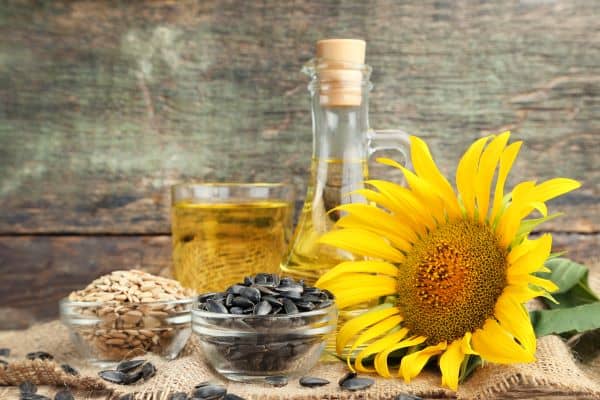
Front (R-L) Sunflower, seeds (in the shell) and kernels (shelled seeds). Back (in glass) sunflower oil – Depositphotos.com
Sunflower seed recipes
If left to dry in the field, the center of the sunflower head sprouts seeds. The seeds can be harvested and used in many ways.
Sunflower seeds make a tasty snack for birds as well as people. Crack the seed to find the soft, tasty kernel. The shells or hulls are mostly inedible. Although you can eat the, if you eat too many they can give you a stomach ache and may make you constipated. So, most of us chew and suck on the shells for the flavor (especially if they’re salted), but spit the shells out and just enjoy the kernel.
The kernels inside the sunflower seed (as well as the petals) can be sprinkled over salads, tacos, or pizza. Sunflower kernels can be added to baked goods including breads, muffins, cookies, and crackers. Do you make peanut brittle? Try using a mix of nuts and seeds, including sunflower kernels!
Sunflower leaves can be steamed or boiled in the same way you might cook spinach, baked like kale chips, or steeped to make tea.
Sunflower oil extracted from the kernels can be used like any other oil. You can use it for frying or roasting, and in baked goods or salad dressing recipes.
Here are a few recipes using sunflower kernels (or pumpkin seeds) that you might like to try:
- Cranberry Citrus Salad with Sunflower Seeds from oceanspray.com
- Crunchy Broccoli Salad with Bacon & Sunflower Seeds from tasteofhome.com
- Sheet-Pan Crispy Fish Tacos with Chili-Roasted Corn from epicurious.com
- Seeded Whole Grain Soda Bread from bonappetit.com
- Pumpkin Muffins recipe from epicurious.com
- Multigrain Chocolate Chip Cookies from bonappetit.com
Sunflowers and heliotropism
Sunflowers blossoms turn towards the sun and follow it throughout the day. This characteristic is known as “heliotropism”. Other flowers and crops that are heliotropic include marigolds, daisies, poppies, buttercups, alfalfa, cotton, and soybeans.
In the morning, the flowers move in a horizontal orientation. At midday, they become more vertical so that they are not damaged by the intensity of the sun. On cloudy days, the flowers suspend solar tracking. During the night, they assume a horizontal position and reorient back to the east just before dawn, to start the cycle again.
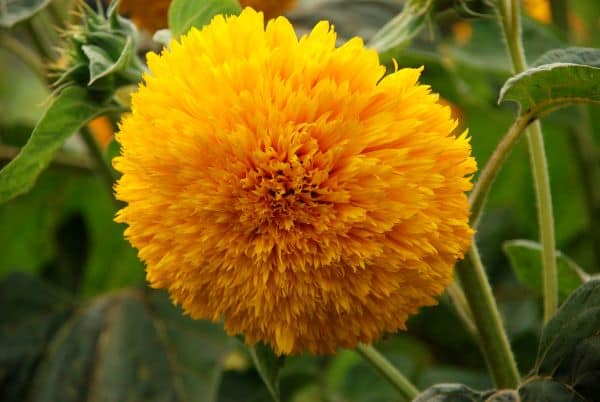
“Teddy Bear” Sunflower – DepositPhotos.com
Tips for visiting sunflower fields
- Use caution if you or a family member are allergic to bees. Bees like sunflowers, too! In fact, bees are an important part of agriculture and things that grow–especially flowers, fruits, and vegetables.
- Bring your own flower clippers or kitchen shears (like the kind used to cut up a chicken). Some farms may offer clippers to borrow, but they may be in limited supply. Come prepared.
- Leave pets at home. Most farms do not allow pets and also will not allow you to keep your beloved pet in the car while visiting the sunflower fields.
- Sunflowers are an agricultural crop that can be affected by weather conditions. Please don’t criticize the farm staff if it is rainy or windy the day you visit, or for that matter blazingly hot. They have no control over the weather. But you do have control over your response. Be patient and practice kindness.
Sunflower Fields, Festivals & Farms in Washington State
Listed below are some of the sunflower fields in Western Washington. Sunflowers bloom here typically in late summer to early fall. Scroll down for a calendar of sunflower field opening days for each farm.
(Listed north to south throughout the Puget Sound region)
Thomas Farm Sunflower Festival in Snohomish
Sunflowers in Snohomish Festival at Thomas Family Farm. Features 12 acres of Sunflower Fields, Sunflower Maze, and photo ops. When: August.
Bob’s Corn & Pumpkin Farm Sunflower Experience in Snohomish
Sunflower Experience at Bob’s Corn & Pumpkin Farm features 12-acres of sunflowers in bloom- the largest u-pick Sunflower patch in the state of Washington with 37 varieties of sunflowers. Admission higher on weekends. When: August-September.
Stocker Sunflower Festival in Snohomish
Washington State Sunflower Festival at Stocker Farms. Features a self-guided tour through the farm’s sunflower fields with plenty of photo ops and u-pick flowers. When: September.
Frisky Girl Farm’s U-Pick Sunflowers in North Bend
U-Pick sunflower patch at Frisky Girl Farm: North Bend’s finest vegetable & flower farm. Walk through over an acre of gorgeous, multicolored sunflowers. When: August-September.
Schilter Family Farm Sunflower Experience in Olympia
Sunflower Experience at Schilter Family Farm admission includes a wagon ride out to 5+ acres of beautiful sunflowers with unique photo props set up among the large field of flowers and includes one u-cut bloom. Come hungry to enjoy homemade food & beverages from the Farm Market & Tasty Treats Kitchen, with beer & wine available in the beer barn for those 21+ on Saturday and Sunday. When: September.
Sunflower Festival at Maris Farms in Buckley
Sunflower Festival at Maris Farms. Annual Sunflower Festival at Maris Farms with more than 20 different varieties of sunflowers and masses of zinnias. Photo ops abound. Each Admission includes one bloom, a wagon ride, MEGA SLIDE!, ziplines, jump pillow, ropes course and more than a dozen other activities for all ages. When: August.
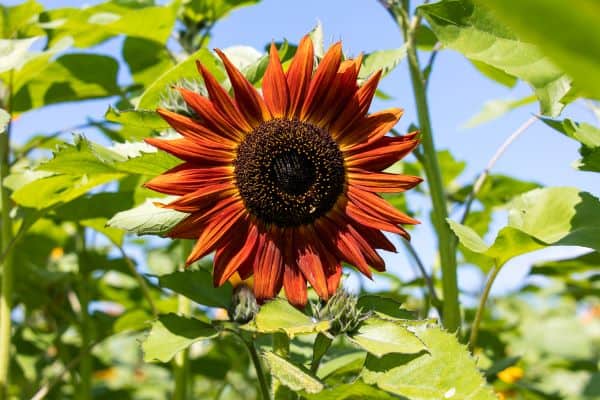
Red sunflower variety – DepositPhotos.com
Calendar of Garden Tours & Events
Listed below are upcoming garden tours and gardening events.
Friday, April 19, 2024
Saturday, April 20, 2024
Sunday, April 21, 2024
Monday, April 22, 2024
Tuesday, April 23, 2024
Wednesday, April 24, 2024
Thursday, April 25, 2024
Friday, April 26, 2024
Saturday, April 27, 2024
Sunday, April 28, 2024
Monday, April 29, 2024
Tuesday, April 30, 2024
Wednesday, May 1, 2024
Thursday, May 2, 2024
Friday, May 3, 2024
Saturday, May 4, 2024
Sunday, May 5, 2024
Saturday, May 11, 2024
Sunday, May 12, 2024
Saturday, May 18, 2024
Sunday, May 19, 2024
Saturday, May 25, 2024
Sunday, May 26, 2024
Saturday, June 1, 2024
Sunday, June 2, 2024
Wednesday, June 5, 2024
Thursday, June 6, 2024
Saturday, June 8, 2024
Sunday, June 9, 2024
Saturday, June 15, 2024
Sunday, June 16, 2024
But wait, there’s more!
- Check our list of Home & Garden shows in the Puget Sound region.
- Bookmark our list of home gardening resources and plant sales.
- And here’s a list of 101+ always free things to do for fun.
- More free and cheap things to do every day: Greater Seattle on the Cheap event calendar.
- Still more ideas for frugal fun: Greater Seattle on the Cheap home page.

